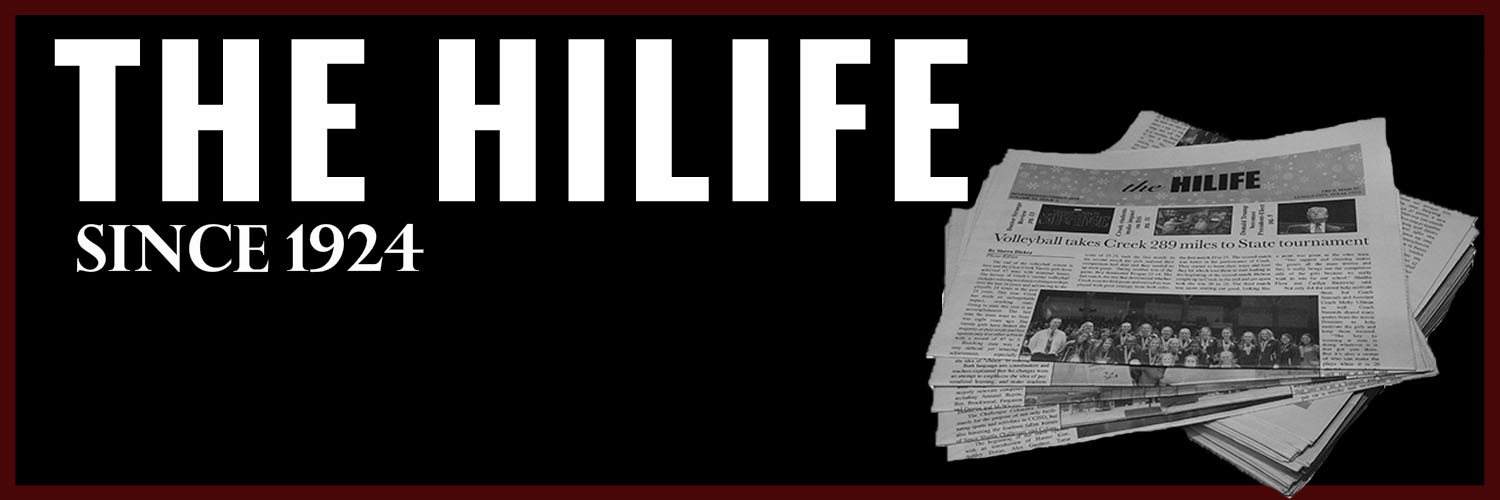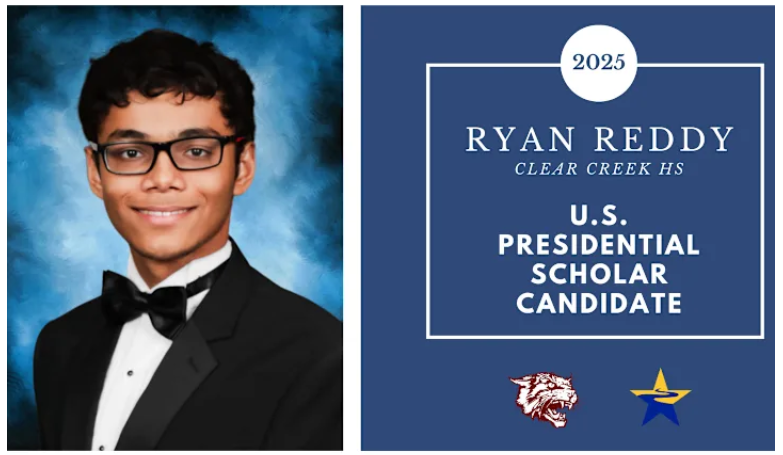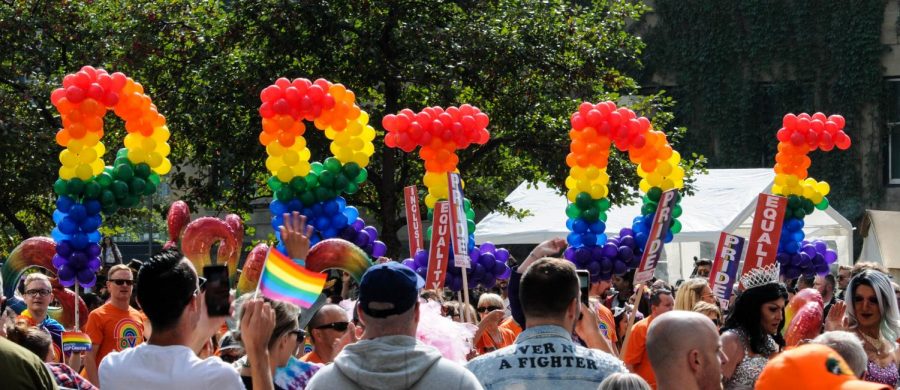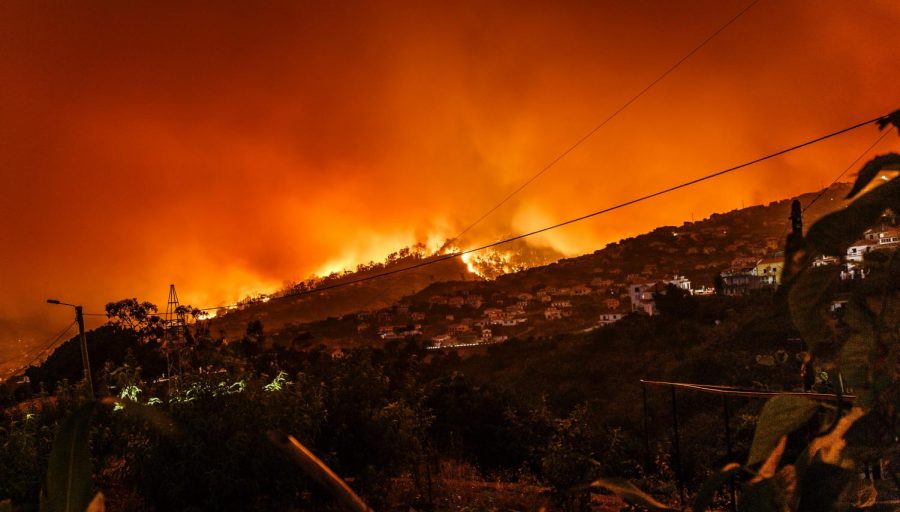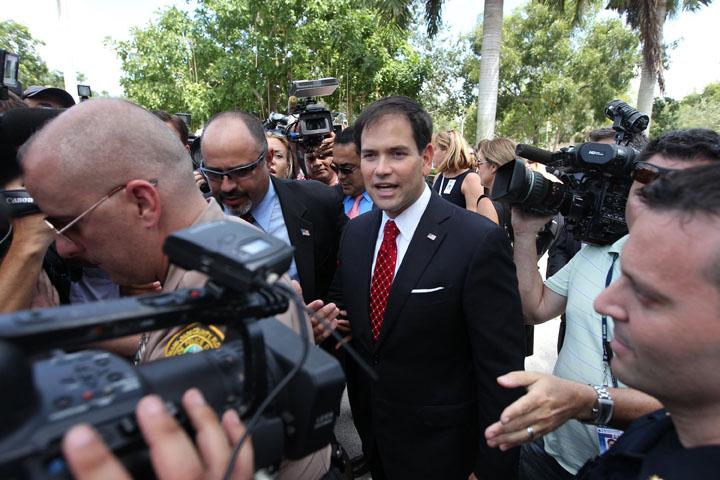Journalists killed by Islamic State of Iraq and Syria
September 24, 2014
American journalist Steven Sotloff has become the second reporter to have been beheaded by the Islamic State of Iraq and Syria (ISIS), after the decapitation of American journalist James Foley two weeks earlier. The two reporters were being held captive for over a year in various hideouts until their executions in Raqqa, Syria.
One of the most disturbing aspects of this tragedy is the fact that both executions were captured on video and uploaded to various websites, including YouTube, although quickly deleted. The videos, titled “A message to America” and “A second message to America”, feature a member of ISIS in all black from head to toe, with a black ski mask over his face and a knife in his hand. Speaking directly to President Obama, he warns that if the U.S. does not halt airstrikes in Iraq, ISIS will continue to capture and kill American citizens.
“Just as your missiles continue to strike our people, our knife will continue to strike the necks of your people,” the ISIS member said.
The ISIS member, dubbed “Jihadi John” by viewers, has a “multicultural British accent”, according to several media outlets. Because of his distinct voice, three suspects have been found to be possible identities to Jihadi John. The most likely suspect is believed to be Abdel-Majed Abdel Bary, a hip-hop artist from London who went to Syria to join ISIS militants earlier this year. Other possible suspects include Abu-Hussein al-Britani, a computer hacker from Birmingham and Abu Abdullah al-Britani, from Portsmouth.
The videos do not actually show the murder of the two journalists. Rather, they show them before, kneeling in an orange robe next to the executioner. Both journalists were given time to make a last statement, which was likely a fabrication of their captors. Foley stated that the real ‘murderer’ was the U.S. defense policy.
“I wish I had more time,” Foley said. “I wish I could have the hope of freedom and seeing my family once again. But that ship has sailed. I guess all in all I wish I wasn’t American.”
Sotloff said a similar statement, blaming the U.S. for his death.
“Obama, your foreign policy of intervention in Iraq was supposed to be for preservation of American lives and interests, so why is it that I am paying the price of your interference with my life,” Sotloff said.
After the ISIS member addresses Obama, the videos skip to footage of the deceased journalists’ corpses.
Several citizens of countries other than Iraq or Syria have joined ISIS, which began as a subgroup of Al-Qaeda, but later separated from the group and declared Abu Omar al-Baghdadi leader. The group became more powerful and in 2014 began capturing hostages and taking over various cities in Iraq and Syria. The goal of the group is to create a no-boundary Islamic caliphate of most of the Arabian Peninsula, run by Sharia law.
In the summer of 2014, ISIS began to take over important sites, such as the major Syrian oil field al-Omar. The U.S. then became involved and began airstrikes targeting vital ISIS locations.
After several airstrikes, the first ISIS video went viral on August 19. Foley, who had been on his way to Turkey after reporting on the Syrian war, was captured in November 2012 and held captive for nearly two years before his death. The U.S. government authorized a rescue operation, but it failed because Foley’s captors constantly moved him from one site to another.
ISIS warned in “A message to America” that the next victim would be Steven Sotloff, who was captured in August 2013 after going to Syria from Turkey. After seeing Foley’s video, Obama stepped up airstrikes, going against ISIS warnings. Sadly, two weeks after Foley’s death, Sotloff was also killed.
At the end of Sotloff’s video, the ISIS member warns once again that they would continue to kill more hostages, claiming they had over 20. The White House confirmed that both videos were authentic and likely done by the same person.
While the families of the two journalists are mourning the losses of their loved ones, they are also proud of their bravery and courage.
“Today we grieve but we will emerge stronger,” Barak Barfi, Sotloff family spokesperson, said. “We will not allow our enemies to hold us hostage with the sole weapon they possess: Fear.”
